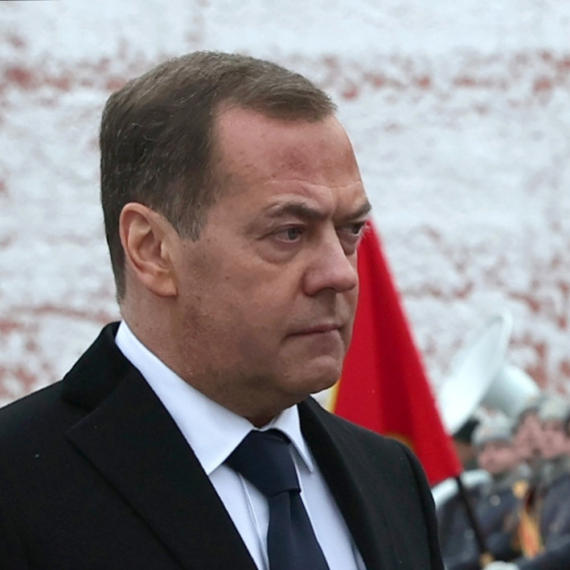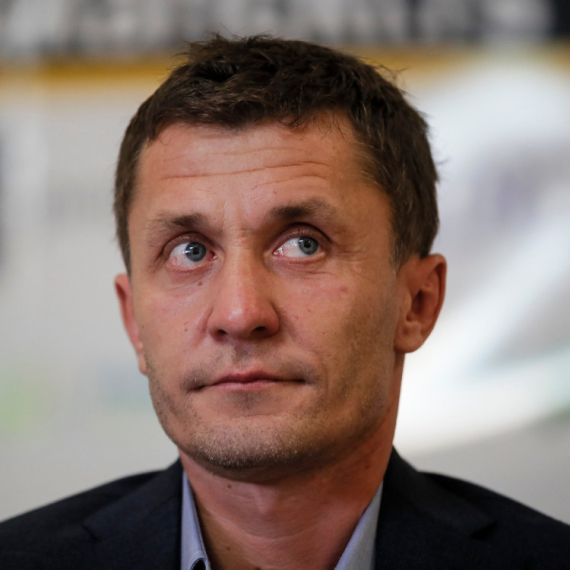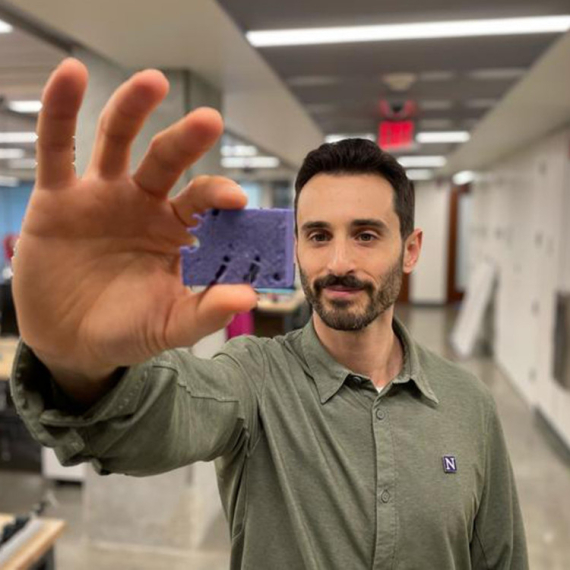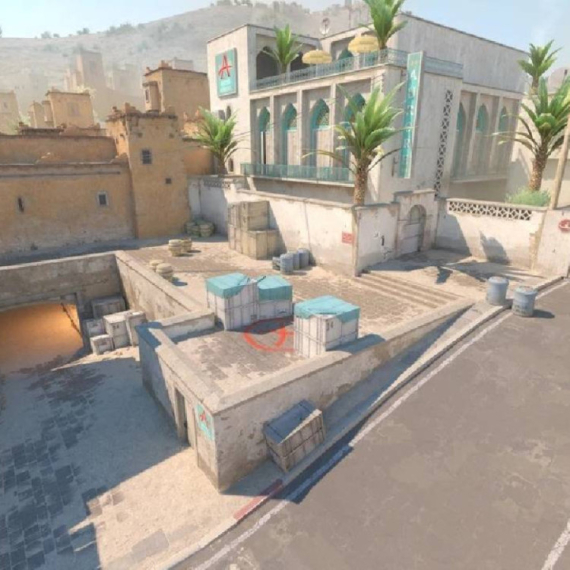Serbia to receive EUR 1bn from EU funds
The EU will allocate Serbia EUR 1bn for the 2007-2011 period following ratification of a pre-accession agreement.
Thursday, 29.11.2007.
13:41

The EU will allocate Serbia EUR 1bn for the 2007-2011 period following ratification of a pre-accession agreement. Deputy Prime Minister Bozidar Djelic and Director of the DG Enlargement in the European Commission Pierre Mirel signed the agreement today at the Third National Conference on Poverty Reduction in Belgrade. Serbia to receive EUR 1bn from EU funds The funds will be used over the next five years for institutional, social and economic development, acceleration of the European integration process, and cooperation with regional neighbors. Djelic underlined that the amount was the highest ever received by Serbia and that, together with the initialing of the Stabilization and Association Agreement (SAA), this was an indicator that the EU was a reality for Serbia. He stressed that the assistance was not politically conditioned, nor was it related to the Kosovo status talks. Mirel said that the EU wanted to help Serbia on its path to EU integration, adding that the Union was not being generous, but that it was helping Serbia because it was in its interests to do so. He reiterated that the signing of the agreement was the third step Serbia had taken in recent weeks towards moving closer to the EU. Mirel added that the first two had been the initialing of the SAA, and the signing of an agreement on visa relaxations. 500,000 below absolute poverty line The number of citizens living in poverty in Serbia has halved over the past five years, says Bozidar Djelic. However, close to half a million citizens are still living below the absolute poverty line, the deputy prime minister said on Thursday. Djelic said at the Third National Conference on Poverty Reduction that 13.4 percent of the population in Serbia had been living in poverty in 2002, but that the Poverty Reduction Strategy, whose aim had been to cut that figure by half by 2010, had actually achieved those results three years ahead of schedule. He stressed that the main factor behind poverty was unemployment, caused by low education levels among a certain segment of the population, adding that the unemployment rate in Serbia was 21.6 percent, putting the country at the “top of the European ladder.“ Djelic stated that the conditions for implementing the Poverty Reduction Strategy were an average 4-5 percent annual rise in GDP, low inflation, balanced public finances, and global and regional integration. Pierre Mirel pointed out the link between unemployment and poverty, noting that economic growth in Serbia had yet to result in the creation of new jobs. Mirel stressed that structural reforms had to be implemented soon, development of the private sector had to be stimulated, and changes had to be introduced within the education system.
Serbia to receive EUR 1bn from EU funds
The funds will be used over the next five years for institutional, social and economic development, acceleration of the European integration process, and cooperation with regional neighbors.Đelic underlined that the amount was the highest ever received by Serbia and that, together with the initialing of the Stabilization and Association Agreement (SAA), this was an indicator that the EU was a reality for Serbia.
He stressed that the assistance was not politically conditioned, nor was it related to the Kosovo status talks.
Mirel said that the EU wanted to help Serbia on its path to EU integration, adding that the Union was not being generous, but that it was helping Serbia because it was in its interests to do so.
He reiterated that the signing of the agreement was the third step Serbia had taken in recent weeks towards moving closer to the EU.
Mirel added that the first two had been the initialing of the SAA, and the signing of an agreement on visa relaxations.
500,000 below absolute poverty line
The number of citizens living in poverty in Serbia has halved over the past five years, says Božidar Đelić.However, close to half a million citizens are still living below the absolute poverty line, the deputy prime minister said on Thursday.
Đelić said at the Third National Conference on Poverty Reduction that 13.4 percent of the population in Serbia had been living in poverty in 2002, but that the Poverty Reduction Strategy, whose aim had been to cut that figure by half by 2010, had actually achieved those results three years ahead of schedule.
He stressed that the main factor behind poverty was unemployment, caused by low education levels among a certain segment of the population, adding that the unemployment rate in Serbia was 21.6 percent, putting the country at the “top of the European ladder.“
Đelić stated that the conditions for implementing the Poverty Reduction Strategy were an average 4-5 percent annual rise in GDP, low inflation, balanced public finances, and global and regional integration.
Pierre Mirel pointed out the link between unemployment and poverty, noting that economic growth in Serbia had yet to result in the creation of new jobs.
Mirel stressed that structural reforms had to be implemented soon, development of the private sector had to be stimulated, and changes had to be introduced within the education system.




































Komentari 2
Pogledaj komentare